Known for pairing unusual materials such as concrete with diamonds and unconventional finishes, this Mumbai-based brand takes its cue from contemporary art.
The first time Studio Renn exhibited at the Couture show in Las Vegas, its founders, husband and wife team Rahul and Roshni Jhaveri, won the Innovation Award. “Every time we show at Vegas there is always one piece that gets people’s attention,” says Rahul.
That year, 2021, it was the Strangler ring, an acid-treated concrete ring reinforced with blackened 18-karat grey gold and set with brilliant-cut round diamonds. The design was a bold example of their interest in unusual materials, and a collaboration with Material Immaterial Studio, a design center that works with concrete.
The Mumbai-based jewelry brand will be returning to Couture this year for its fourth visit, with more examples of its conceptual approach to form, materials, and finishes that play with light, reflections, high gloss and matte surfaces. The couple is “open to taking risks with the unfamiliar and always on the lookout for the new and the different,” Roshni explains. “We do a lot with unique finishes like using grey gold alloy that we make ourselves and leaving the surface unpolished — traditional materials but used in an unconventional and unfamiliar way which people are curious to learn about.”
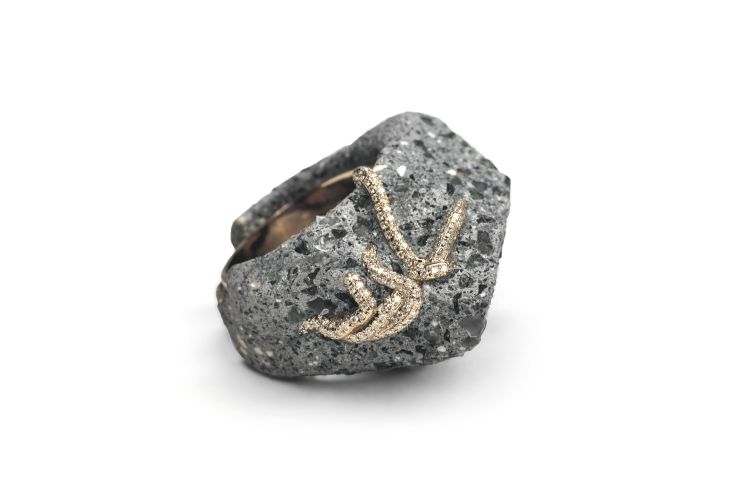
Ongoing design studies
They refer to their work as studies, not collections, “because they are physical manifestations of ongoing studies” that are sold as unique pieces or editions, explains Roshni. This means creatively that they can grow freely and organically. “It is the process of creation that takes center stage,” they stress. The “studies” that have attracted the most attention in America and Europe are the Cacti, Fish and Seed-Leaf pieces. Cacti features abstract interpretations with diamonds precariously set in folds of serrated gold. Fish is more conceptual rather than relating to the aquatic world, while Seed-Leaf highlights sculptural hybrids of a leaf and seed case.
Outside India, the US is one market in which they’ve consciously invested, and although their collectors are separated by geography (including Europe), and varied in tastes and preferences, “there is a common thread that they all share, where they react to unfamiliar aesthetics and are open to their preconceived notions being challenged,” says Roshni. “More than their differences — it is their similarities that continue to astonish us.”
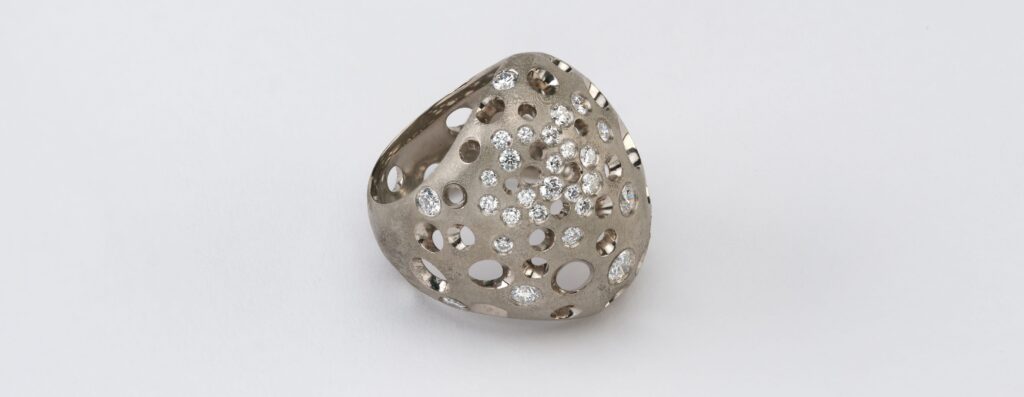
Rather than trying to sell, their approach is to step back: “People want to connect with the work on a personal level: We just talk about it and allow them to discover the pieces, letting the work sell itself,” Rahul explains. “It is telling a story about what we are trying to communicate through the collection,” adds Roshni.
Their work is experimental, as the name Renn suggests: “It means ’rebirth’ in Latin and is a rebirth of ideas and concepts,” explains Rahul, who is the designer and descended from a family of diamond cutters. The aesthetic is conceptual, contemporary, and innovative, which explains the use of materials like concrete “that is common, yet valuable, and diamonds that are rare and serve no practical purpose.”
He enjoys working with diamonds because that is the space that he comes from. “I want to explore how you can use diamonds in very different ways with partially processed rough or antique cuts and unusual, rejected colors,” he says.
There are several intriguing collections, such as Puffball, which features diamond rings and bracelets that are seemingly unfinished, with hollow spaces left unset and the gold unpolished. These avant-garde ideas take their cue from the contemporary art world rather than Indian heritage.
The Jhaveris didn’t start with the idea of designing jewelry at all, but as a medium to express themselves. It is this approach to innovation and enterprise, like that of others in the Indian design community, that’s highlighting a new wave of creativity transforming international perceptions of today’s Indian jewelry.
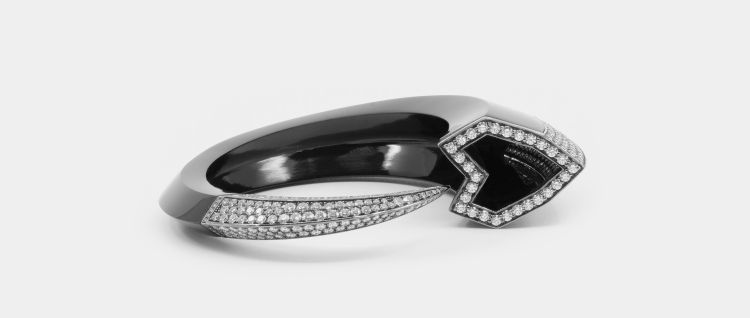
Main image: Roshni and Rahul Jhaveri. (Studio Renn)

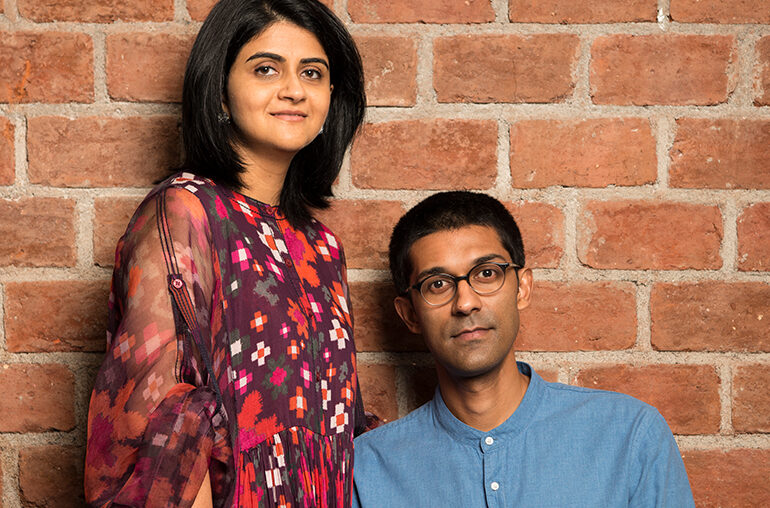
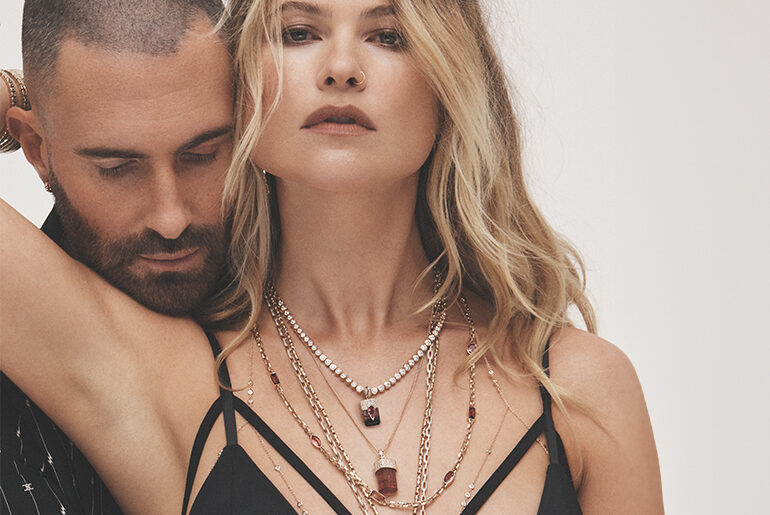
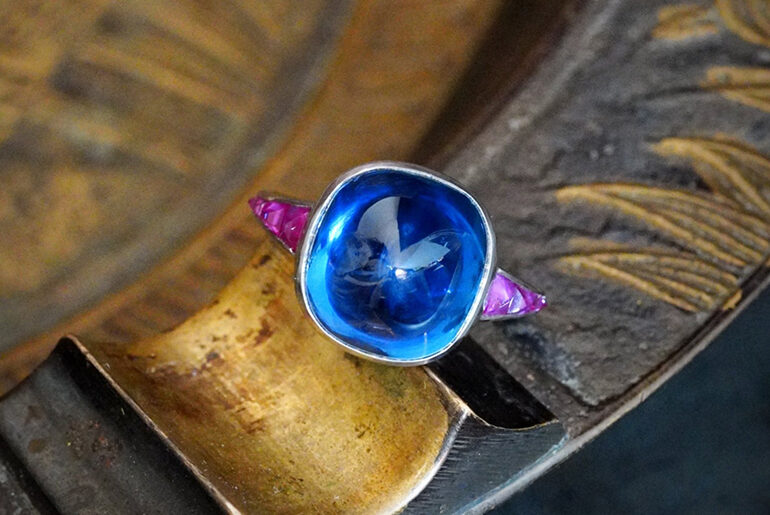
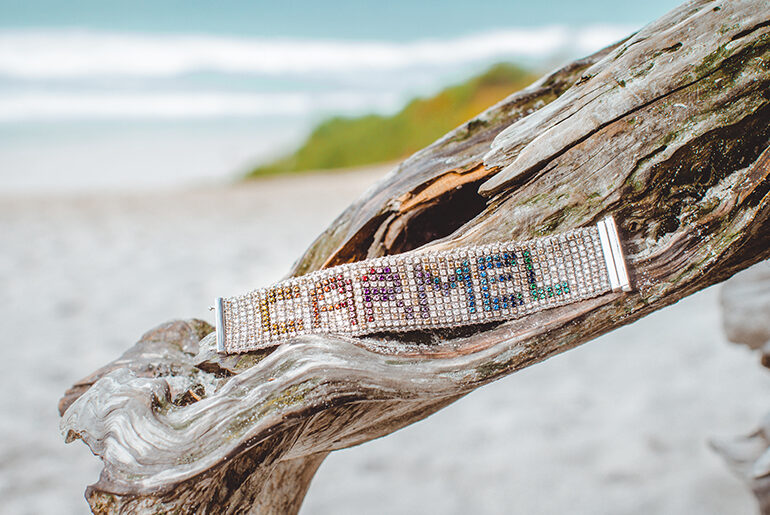
Comments are closed.